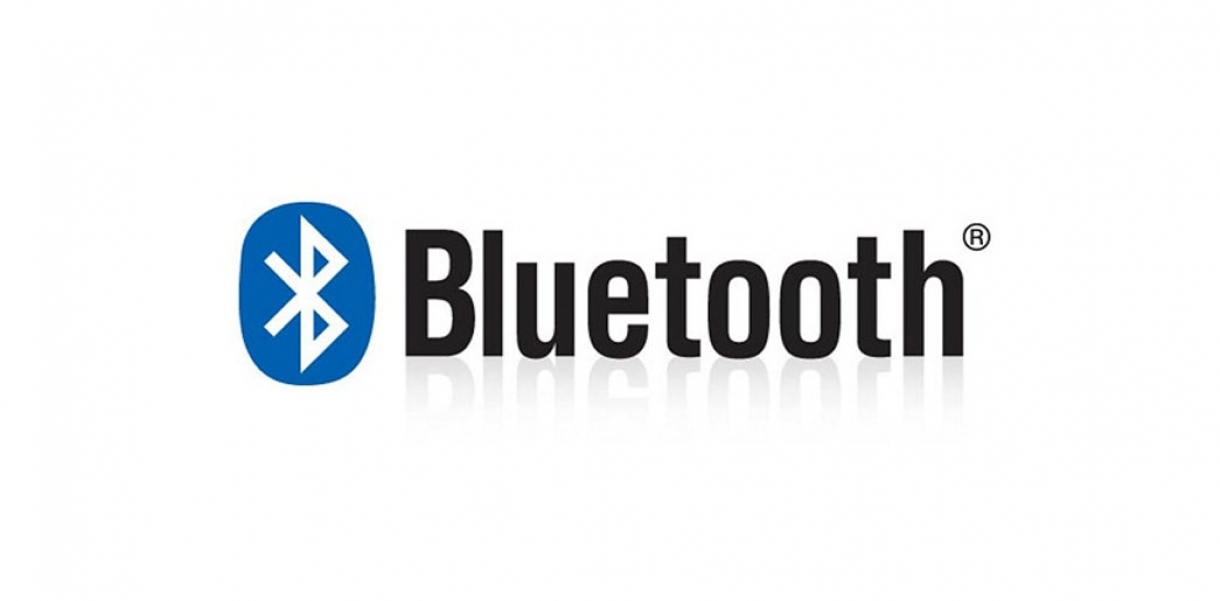Functionality and use of design
Bluetooth wireless technology works in an open frequency spectrum at 2.4 gigahertz, the same as wireless networks, telephones and other electronic equipment. It is possible for all types of equipment to operate within the same spectrum without disrupting each other because a frequency consists of several channels which the equipment can hop between to find channels which are quiet.
How did this design improve life?
Bluetooth wireless technology is a short-range radio technology that has made it possible to transmit signals over short distances between telephones, computers and other devices and thereby simplify communication and synchronization between devices.
The Bluetooth wireless technology comprises hardware, software and interoperability requirements. Beyond unleashing devices by replacing cables, Bluetooth wireless technology provides a universal bridge to existing data networks, a peripheral interface, and a mechanism to form small private ad hoc groupings of connected devices away from fixed network infrastructures.
Drawbacks of life improvement
None
Research and need
The mobile telephone manufacturer Ericsson invented Bluetooth technology, and named it after the Viking King Harald Bluetooth. Just as King Harald Bluetooth united Denmark and Norway, Bluetooth technology "unites" various types of electronic equipment to form a coherent whole. Ericsson formed the foundation for Bluetooth as early as 1994, but the standard was not ready for use until 1998. The first Bluetooth products came on the market in 2000.
Designed by
LM Ericsson - Sweden






